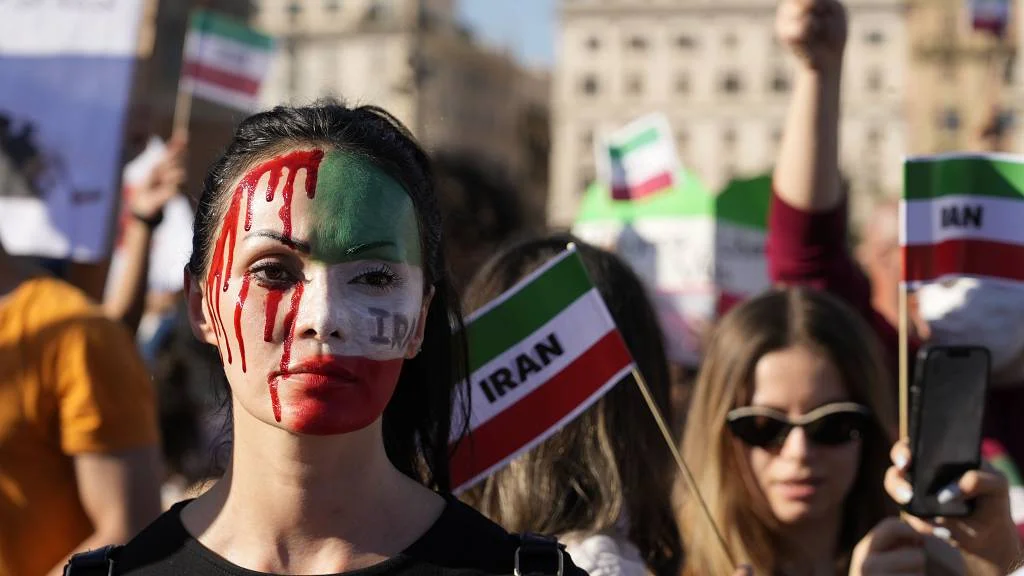The recent turmoil in Iran marks yet another significant chapter in the country’s ongoing struggle between the ruling government and the populace demanding change. In July 2023, the Islamic Republic continues to grapple with the aftershocks of the widespread protests ignited in the fall of 2022, following the tragic death of 22-year-old Mahsa Amini. Arrested for allegedly not complying with the strict veiling laws, Amini’s death sparked protests across the nation, led primarily by women, ethnic minorities, and young people, all standing united against the systemic oppression of the state.
Background: A History of Suppression
The Islamic Republic’s narrative of foreign interference, which has dominated its rhetoric since the 1979 revolution, continues to play a key role in its strategy to contain domestic unrest. The ruling clerics, led by Supreme Leader Ali Khamenei, have repeatedly accused foreign powers, particularly the United States, of orchestrating the dissent. This narrative of foreign conspiracy, rooted in anti-imperialist sentiment dating back to the revolution’s overthrow of the U.S.-backed Shah, remains a potent tool for justifying the regime’s heavy-handed approach to internal challenges.
In the aftermath of the 1979 revolution, Iran’s leadership, especially Ayatollah Khomeini, sought to consolidate power by eliminating political opposition, particularly left-wing factions. The Iran hostage crisis, in which 55 American diplomats were held hostage for 444 days, further entrenched the regime’s anti-American stance. This confrontation with the U.S., alongside the devastating eight-year war with Iraq, militarized the Iranian state and fostered a security apparatus that remains in place today. The Revolutionary Guards, a military force created after the revolution, became a central player in enforcing the regime’s will and protecting its interests, growing more powerful than Iran’s regular army.
The 2022-2023 protests, unlike their predecessors, were thoroughly secular and often overtly anti-clerical, rejecting the Islamic Republic’s religious narrative. The regime, however, continued to label the protests as foreign-instigated, while largely abandoning the earlier narrative of “saving Islam.” By early 2023, the protests had been largely contained, with hundreds of protesters killed and thousands imprisoned. However, unrest persisted in ethnic minority regions and among labor groups, demonstrating that while the regime had managed to suppress the protests, the underlying grievances remained unresolved.

The Geopolitical Dimension
While suppressing internal dissent, the Islamic Republic sought to bolster its position on the international stage. In a surprising diplomatic breakthrough in March 2023, Iran mended relations with Saudi Arabia, neutralizing one of its most powerful regional adversaries. At the same time, nuclear negotiations with the United States and the European Union quietly resumed, with both sides seeking to ease tensions and avoid further escalation. Iran also leveraged its strategic alliance with Russia, providing drones in support of Moscow’s war efforts in Ukraine, thus positioning itself as a key player in global geopolitics.
The easing of some U.S. sanctions, combined with the release of Tehran’s frozen assets in South Korea and Iraq, signaled a cautious détente, even as the regime continued its domestic crackdown.
Nevertheless, the regime’s claims of success on the international front have not translated into stability at home, where the economic downturn continues, and popular grievances remain unaddressed.
The Road Ahead for Iran
As of July 2023, Iran remains on a knife’s edge. While the regime has contained the latest round of protests, the economic and political crises persist. The country faces a critical test in the upcoming elections for the Majles (parliament) and the Assembly of Experts, which will elect the next supreme leader. Whether the regime will allow even minimal flexibility or continue its hardline approach remains uncertain. What is clear is that Iran’s ruling clerics, despite their efforts to suppress dissent, cannot entirely quell the demands for reform.

The protests of 2022-2023 have shown that the desire for change remains strong among Iran’s youth, women, and working classes. Without a centralized leadership or organized political platform, the movement may struggle to achieve lasting reform. However, the cracks in the regime’s authority are growing wider, and with each new protest cycle, the possibility of significant change draws closer. For now, the Islamic Republic endures, but its future stability is far from assured

